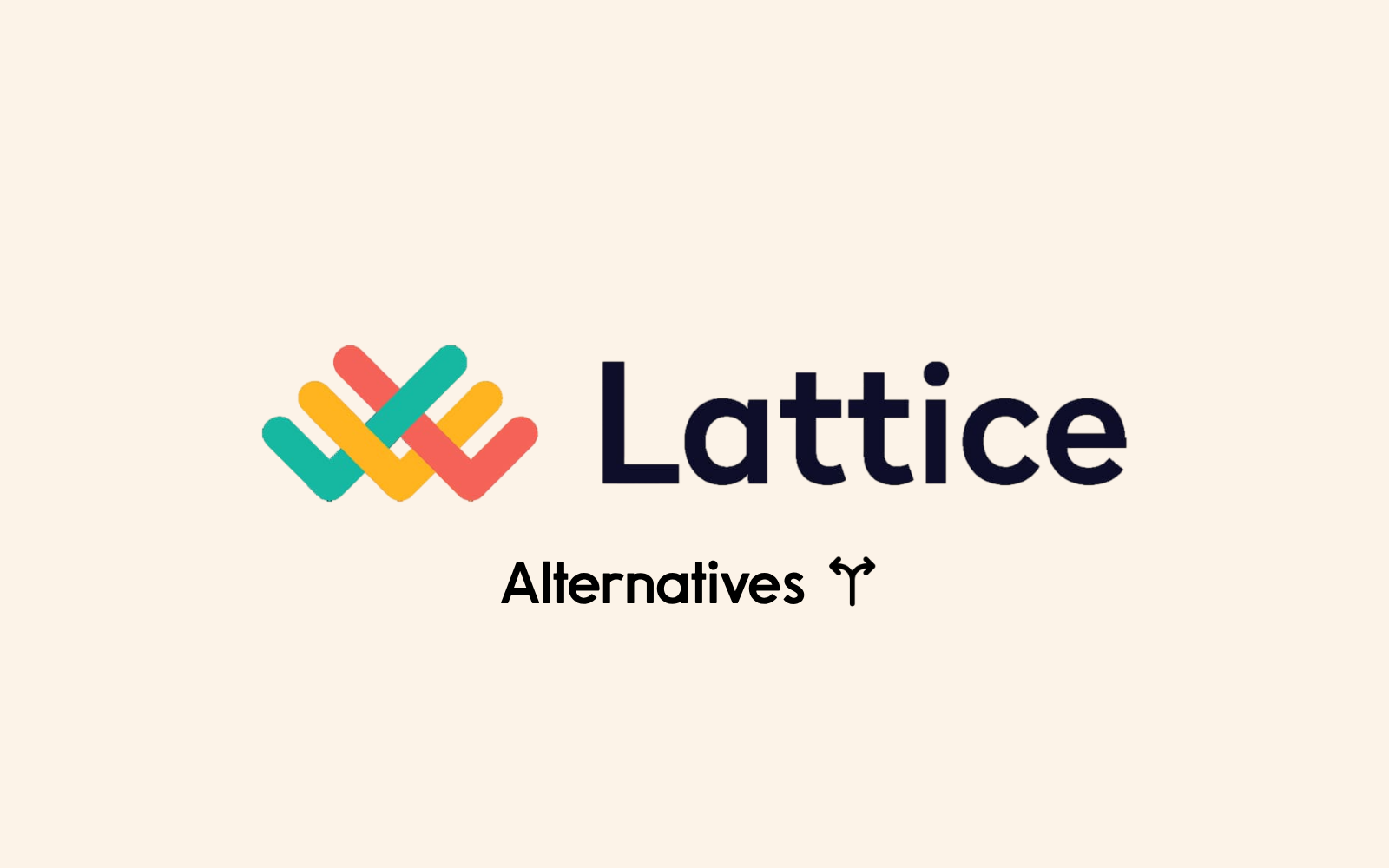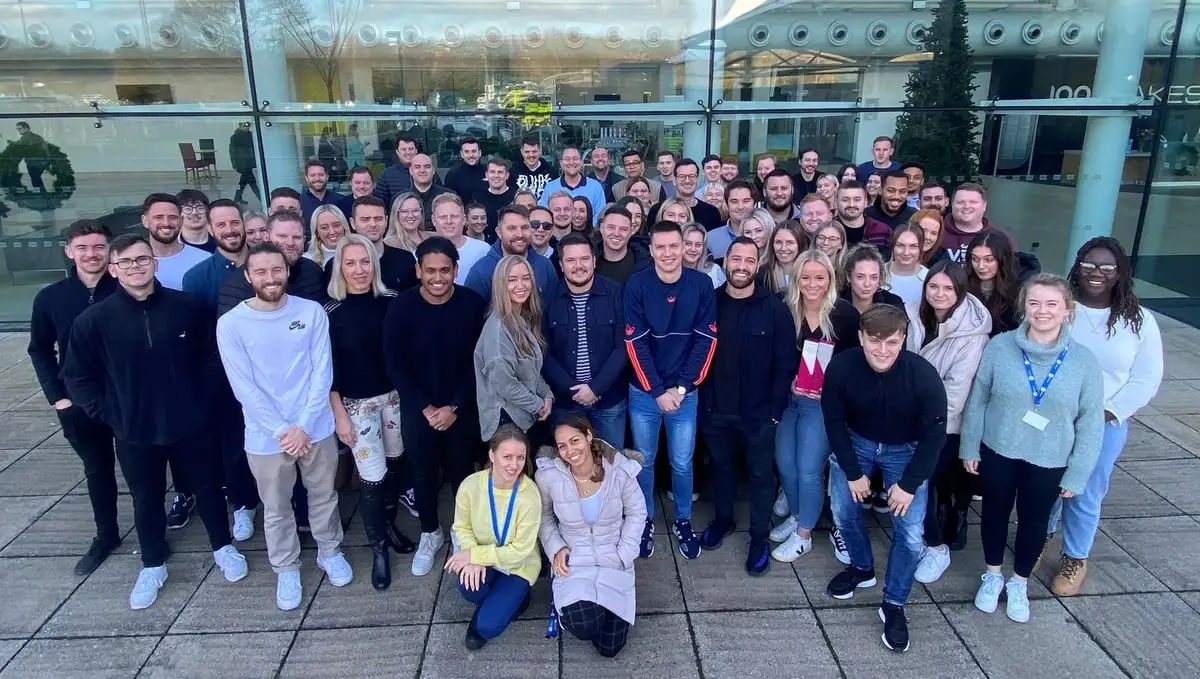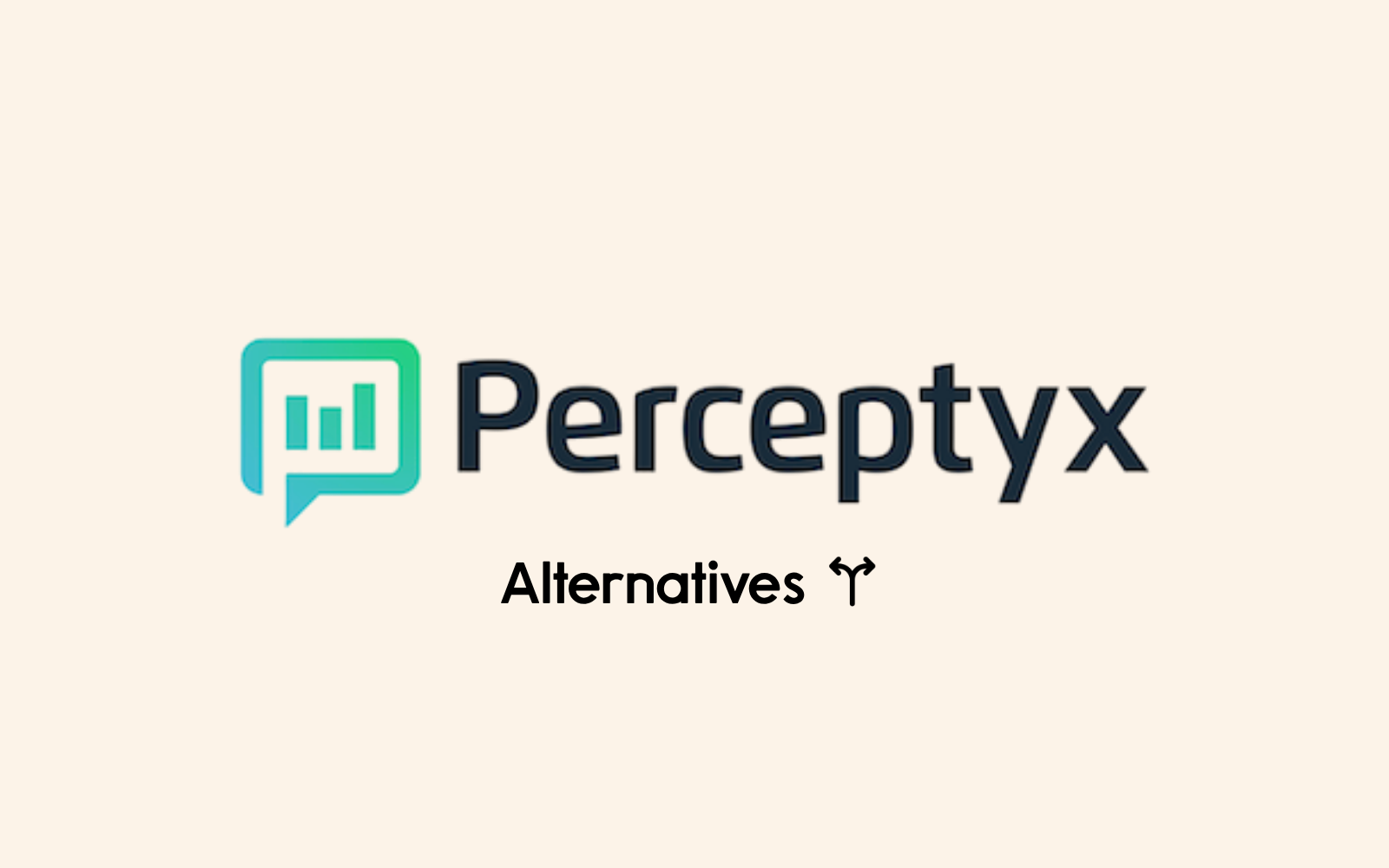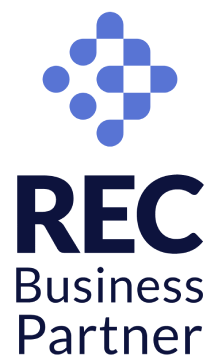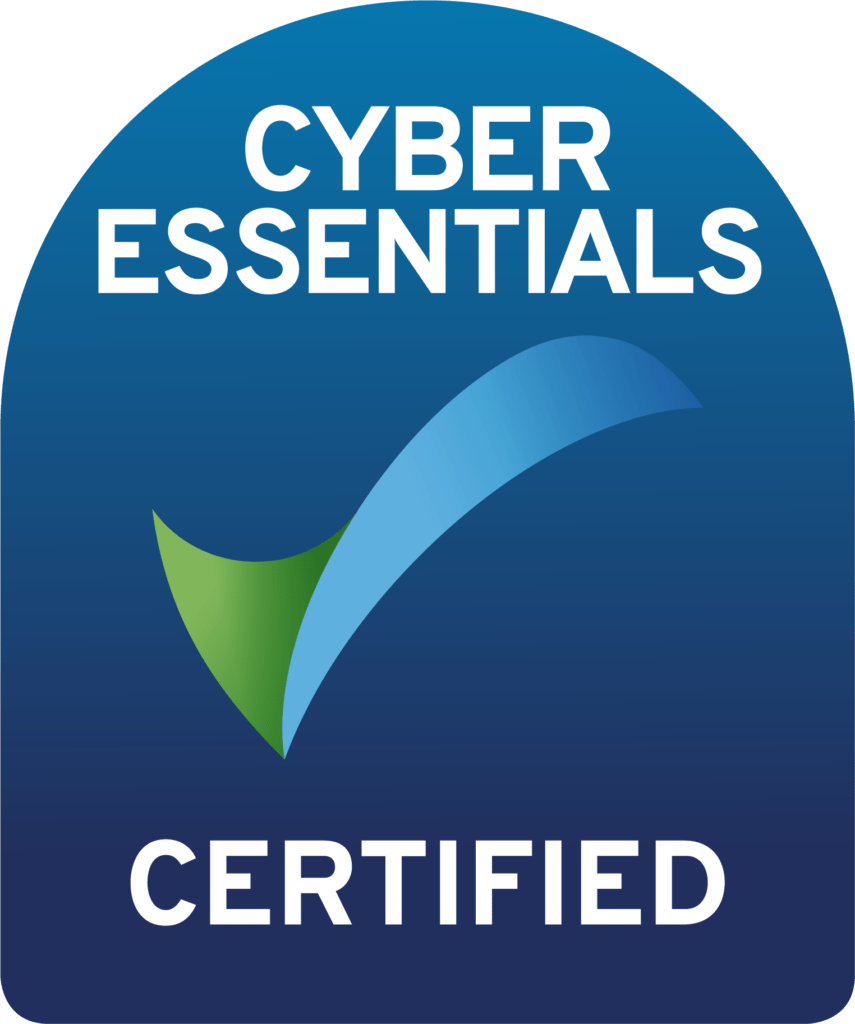In today’s globalised world, organisations are increasingly recognising the importance of building diverse and inclusive workplaces. But what is ED&I? What does it stand for, and how can it benefit your company? This blog delves deeper into the meaning of ED&I, exploring its core components and the significance of prioritising inclusion.
What is ED&I? Decoding the acronym: Equity, diversity, and inclusion
ED&I stands for equity, diversity, and inclusion. While often used interchangeably, these terms represent distinct, yet interconnected, aspects of a healthy work environment. Let’s break them down:
- Equity: Imagine a race where everyone starts at the same point on the track. Equity ensures fairness and access to opportunities and resources, levelling the playing field for all employees regardless of background. This involves identifying and dismantling systemic barriers that might hinder advancement or participation. For example, providing flexible work arrangements can create equity for employees with childcare responsibilities.
- Diversity: Diversity refers to the variety of human experiences, backgrounds, and perspectives that employees bring to the table. This encompasses a broad spectrum of factors, including race, ethnicity, gender, sexual orientation, age, socioeconomic background, ability status, and more. A diverse workforce fosters creativity, innovation, and a deeper understanding of the markets you serve.
- Inclusion: Inclusion goes beyond simply having a diverse workforce. It’s about fostering a culture where everyone feels valued, respected, and empowered to contribute their unique talents and perspectives. It means creating a psychological safe space where employees feel comfortable expressing themselves without fear of judgment or discrimination.
Why inclusion matters most: The cornerstone of ED&I
While all three elements of ED&I are crucial, prioritising inclusion is paramount. Here’s why:
- Diversity without inclusion breeds disengagement: Imagine hiring talented individuals from diverse backgrounds, only to have them struggle to integrate into the existing company culture. A lack of inclusion can lead to feelings of isolation, decreased morale, and ultimately, employee turnover. The diverse talent you worked hard to attract may leave, taking their skills and perspectives elsewhere.
- Inclusion unlocks the power of diversity: A truly inclusive environment allows diverse voices to be heard and valued. When employees feel safe to share their ideas and experiences, it fosters creativity, problem-solving, and innovation. Diversity of thought leads to a richer pool of ideas and a more well-rounded approach to challenges.
- Inclusion creates a competitive advantage: In today’s talent-driven economy, fostering a culture of inclusion can be a significant competitive differentiator. Companies known for their inclusive workplaces attract top talent, leading to a more skilled and engaged workforce. This translates to increased productivity, stronger brand reputation, and improved customer satisfaction.
Beyond the basics: Building and measuring inclusion
So, how do you build and measure inclusion within your organisation? Here are some key strategies:
- Leadership commitment: True change starts at the top. Leaders must be vocal advocates for ED&I and actively demonstrate inclusive behaviours. This includes setting clear goals, allocating resources, and holding themselves accountable for progress.
- Unconscious bias training: Unconscious bias can unintentionally disadvantage certain groups in the workplace. Training employees to recognise and mitigate unconscious bias can create a fairer environment for everyone.
- Employee resource groups (ERGs): Providing platforms for employees from similar backgrounds to connect can foster a sense of belonging and support. ERGs can also offer valuable insights to leadership on creating a more inclusive workplace.
- Regular communication and feedback: Maintain open communication channels and actively gather feedback from employees. Conduct surveys, hold focus groups, and create opportunities for employees to share their experiences.
- Data-driven approach: Track your progress toward ED&I goals using metrics like employee demographics, retention rates, and engagement surveys. This data can help you identify areas for improvement and measure the impact of your initiatives.
Building a culture of belonging: the long-term goal
ED&I is an ongoing journey, not a destination. It requires continuous commitment, adaptation, and a genuine desire to create a workplace where everyone feels valued and empowered to thrive. By prioritising inclusion, fostering an environment of equity, and embracing diversity, organisations can unlock the full potential of their workforce and achieve sustainable success.
The benefits of ED&I: A win-win for businesses and employees
Building a workplace that prioritises ED&I isn’t just the right thing to do, it’s also a smart business decision. Here’s how ED&I can benefit both organisations and their employees:
- Enhanced creativity and innovation: Diverse teams bring a wider range of perspectives and experiences to the table. This fosters a more creative and innovative environment, leading to better problem-solving and the development of new ideas.
- Improved decision-making: When employees from different backgrounds have a voice in decision-making, organisations can avoid groupthink and make more well-rounded decisions.
- Stronger employee engagement: When employees feel valued, respected, and heard, they’re more likely to be engaged in their work. This translates to higher productivity, better performance, and lower turnover.
- Enhanced brand reputation: Companies known for their commitment to ED&I attract top talent and positive media attention. This can lead to a stronger brand reputation and a competitive advantage in the marketplace.
- Increased customer satisfaction: Diverse teams are better equipped to understand and cater to the needs of a diverse customer base. This can lead to increased customer satisfaction and loyalty.
Overcoming challenges: Building a truly inclusive workplace
While the benefits of ED&I are clear, creating a truly inclusive workplace requires ongoing effort. Here are some of the most common challenges you might face and some steps you can take to address them:
- Unconscious bias: Everyone has unconscious biases. Implementing unconscious bias training can help employees recognise and mitigate these biases, creating a fairer environment for everyone.
- Lack of leadership commitment: True change starts at the top. Leaders need to be vocal advocates for ED&I and actively champion initiatives that promote inclusion.
- Communication barriers: Ensure clear and open communication channels exist throughout the business. This allows employees to voice concerns and feedback, fostering a sense of trust and belonging.
- Lack of accountability: Set clear goals for ED&I progress and hold yourself and others accountable for achieving them. Regularly track progress using relevant metrics to measure the impact of your initiatives.
Building a culture of belonging: The journey to ED&I success
Creating a culture of ED&I is an ongoing process. Here are some tips to keep in mind:
- Celebrate diversity: Recognise and celebrate the unique contributions of all employees. This creates a sense of belonging and fosters a more inclusive environment.
- Provide opportunities for growth and development: Offer training and development opportunities for all employees, regardless of background. This helps employees feel valued and empowered to reach their full potential.
- Create a safe space for feedback: Encourage employees to provide feedback on your ED&I initiatives. This allows you to identify areas for improvement and ensure your efforts are having a positive impact. A platform like Wotter, with anonymous feedback built in, is great for this.
- Be patient and persistent: Building a culture of ED&I takes time and effort. Be patient, persistent, and celebrate your successes along the way.
Understanding “what is ED&I” is just the first step. By actively working to cultivate a culture of ED&I, organisations can create a thriving workplace that benefits everyone.


